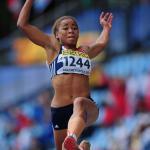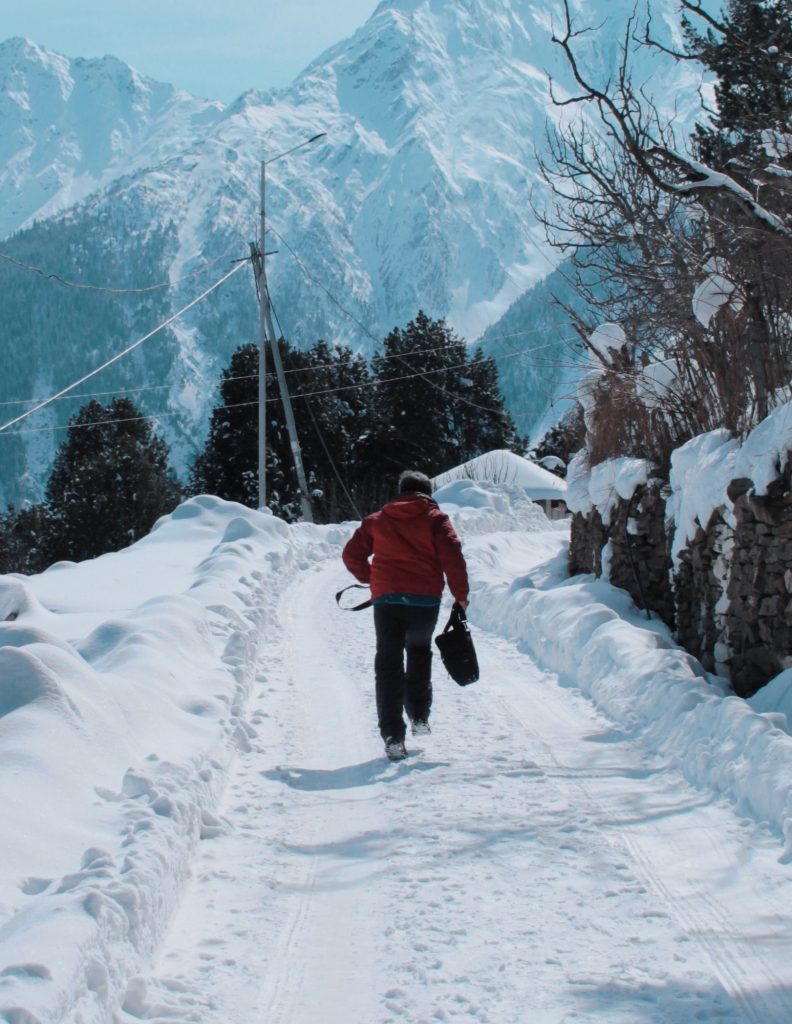Posts Tagged ‘athletics’
Speed training – use of hurdles
I am often asked what equipment is needed for training speed. I am a bit of a luddite when it comes to such things, thinking that I should develop my own coaching and observation before using gadgets
Read MoreWeightlifting for Throwers
Does Olympic Weightlifting Help Field Athletes Throw Further?
This week we have been looking at the overall benefits of Weightlifting for Sports people. Today we shall look at how we need to adapt our training around the lifts to a specific sport: throwing in athletics with guest author Nick Garcia.
Read More3 Tips for Athletes’ Winter Training
“A lifetime of training for just 10 seconds”
Jesse Owens
Winter for track and field athletes is the ideal time to work on conditioning without the focus of peaking for competition.
Here Assistant Coach (and erstwhile sprinter) Matt Durber highlights 3 ways you can improve your winter training.
Improve your off season training

Jazmin Sawyers: All round athlete
Jazmin Sawyers jumps today in Barcelona
 Good luck to Jaz who jumps today in the World Junior Championships. She recently came third in the UK Senior Trials with a jump of 6.64m.
Good luck to Jaz who jumps today in the World Junior Championships. She recently came third in the UK Senior Trials with a jump of 6.64m.
Her technical coaches Gary Jennings and Alan Lerwill have done a really good job of managing her training and competing schedule.
Read MoreCoach Development Workshop: John Brierley
Last week I was lucky enough to attend a workshop at Exeter University led by John Brierley . This was part of the Transformational Coaching programme organised by Paula Jardine and led by Wayne Roberts.
John has a massive range of experience, including being the Team Leader of Athletics at the Commonwealth Games in Delhi, and fitness consultant to Birmingham City FC for 4 years.
Read More
